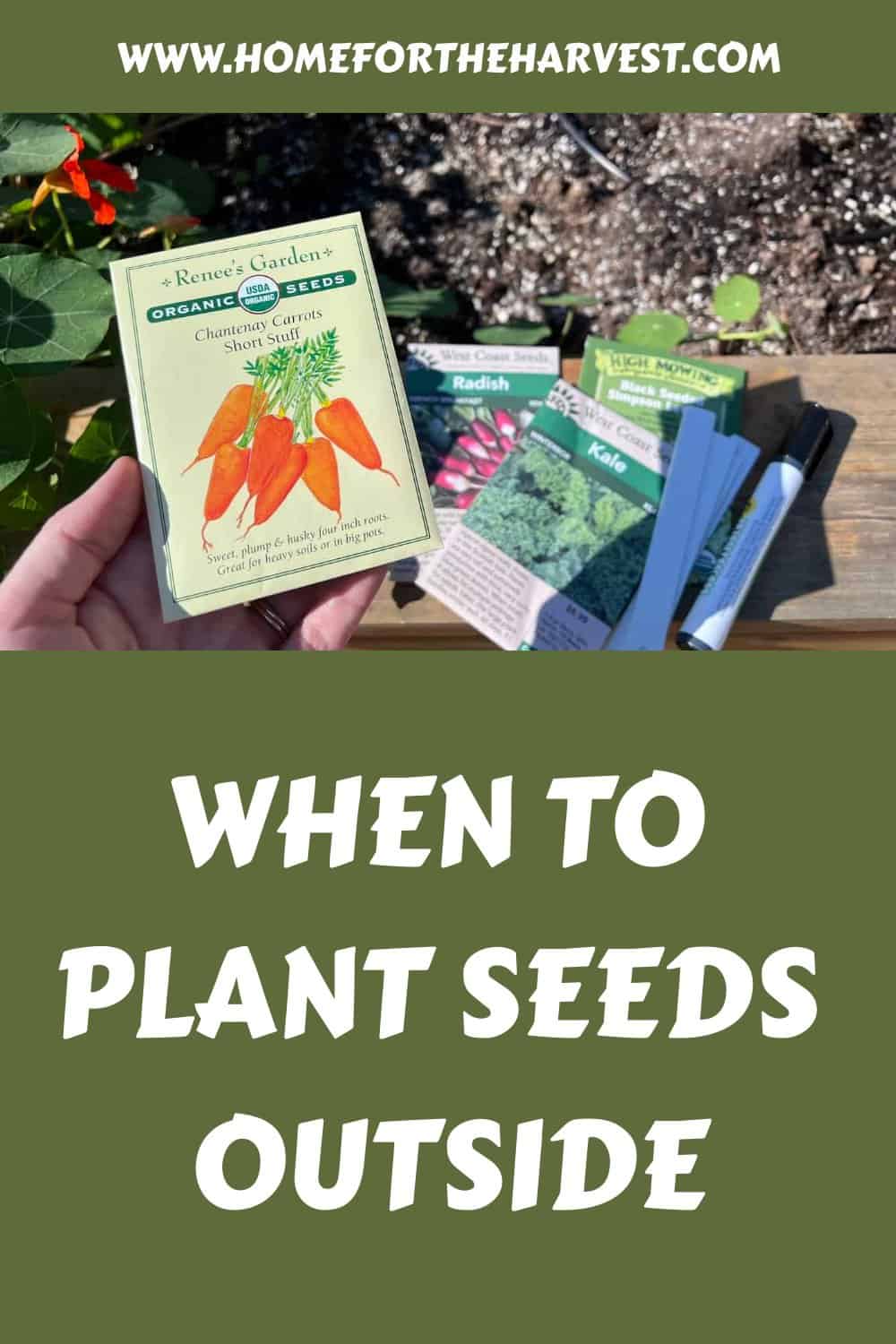Wondering when to plant seeds outside? It all depends on local frost dates and soil temperatures – but don’t worry, we’ll break down everything you need to know so that you have success with your outdoor garden this year.
When to plant seeds outside?
Knowing your local last spring frost date is essential for successful outdoor seed planting. The last spring frost date marks the end of the coldest period in your area and signals when you can safely plant tender vegetables and flowers without fear of them being damaged by a late freeze. To find out what your local last spring frost date is, click here.
In addition to knowing the approximate time frame for when you should start planting, it’s also important to consider the actual soil temperature before sowing seeds directly into the ground. Most vegetable seeds need warm soil (at least 50°F) in order to germinate properly; if planted too early in cool soils, they may not sprout at all or take much longer than expected to do so. A soil thermometer will help you determine whether or not conditions are ideal for direct seeding outdoors.
If you live in an area where temperatures stay cool well into summer, there are several season-extension techniques that can be used to give plants a head start on growing earlier than normal: cold frames, row covers, cloches and hot caps are all great options for providing extra warmth during cooler months while still allowing enough light and air circulation through their structures so that plants don’t overheat or become waterlogged from condensation buildup inside them.
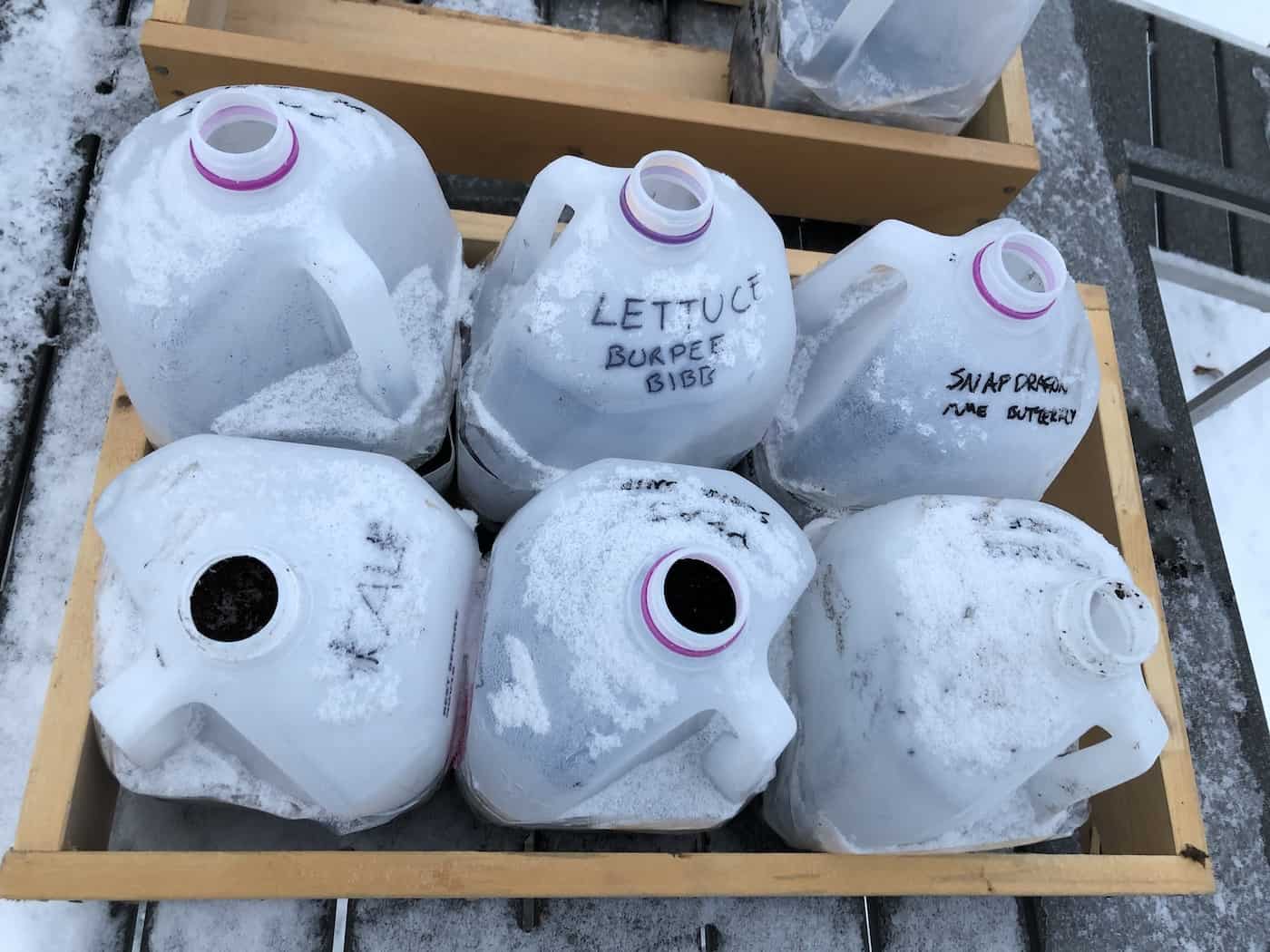
Additionally, winter sowing—a method of starting seeds outside during winter months—can be used if done correctly; just make sure that any containers used have drainage holes at the bottom. Here are some containers that work well for winter sowing, as well as a list of seeds you can winter sow.
Finally, keep an eye on weather forecasts throughout the growing season as unexpected frosts can occur even after your official last spring frost date has passed; having some kind of cover available (such as old sheets or blankets) will come in handy if this happens. With these tips under your belt and a little bit of patience (and luck), soon enough you’ll be enjoying homegrown veggies straight from your garden.
Knowing when to plant your seeds outside can make all the difference in their success, so be sure to plan ahead and use the local last frost date as a guide for timing your outdoor planting.
Timing outdoor planting using the local last frost date
When it comes to gardening, timing is everything. Knowing when to plant your seeds outside can make the difference between a successful harvest and an unsuccessful one. The key to knowing when to plant is understanding your local last frost date.
What is a last frost date?
A last frost date (also known as the average “frost-free” date) is the approximate date of the final spring freeze in any given area. It marks the end of freezing temperatures for that region, which makes it a great guide for gardeners who want to know when they should start planting their outdoor crops.
How to find your local last frost date
The best way to find out what your local last frost date is by checking with your local extension office or agricultural department. They will be able to provide you with an accurate estimate based on historical weather data from previous years in your area. You can also check online resources such as this last frost date explainer.
Why is knowing your local last frost date important?
Knowing your local last frost date helps you plan ahead so that you don’t miss out on important planting opportunities due to unexpected cold snaps or late frosts in springtime. Planting too early could result in damaged plants due to low temperatures while waiting too long could mean missing out on optimal growing conditions during peak season – both scenarios are avoidable if you pay attention to this crucial piece of information.
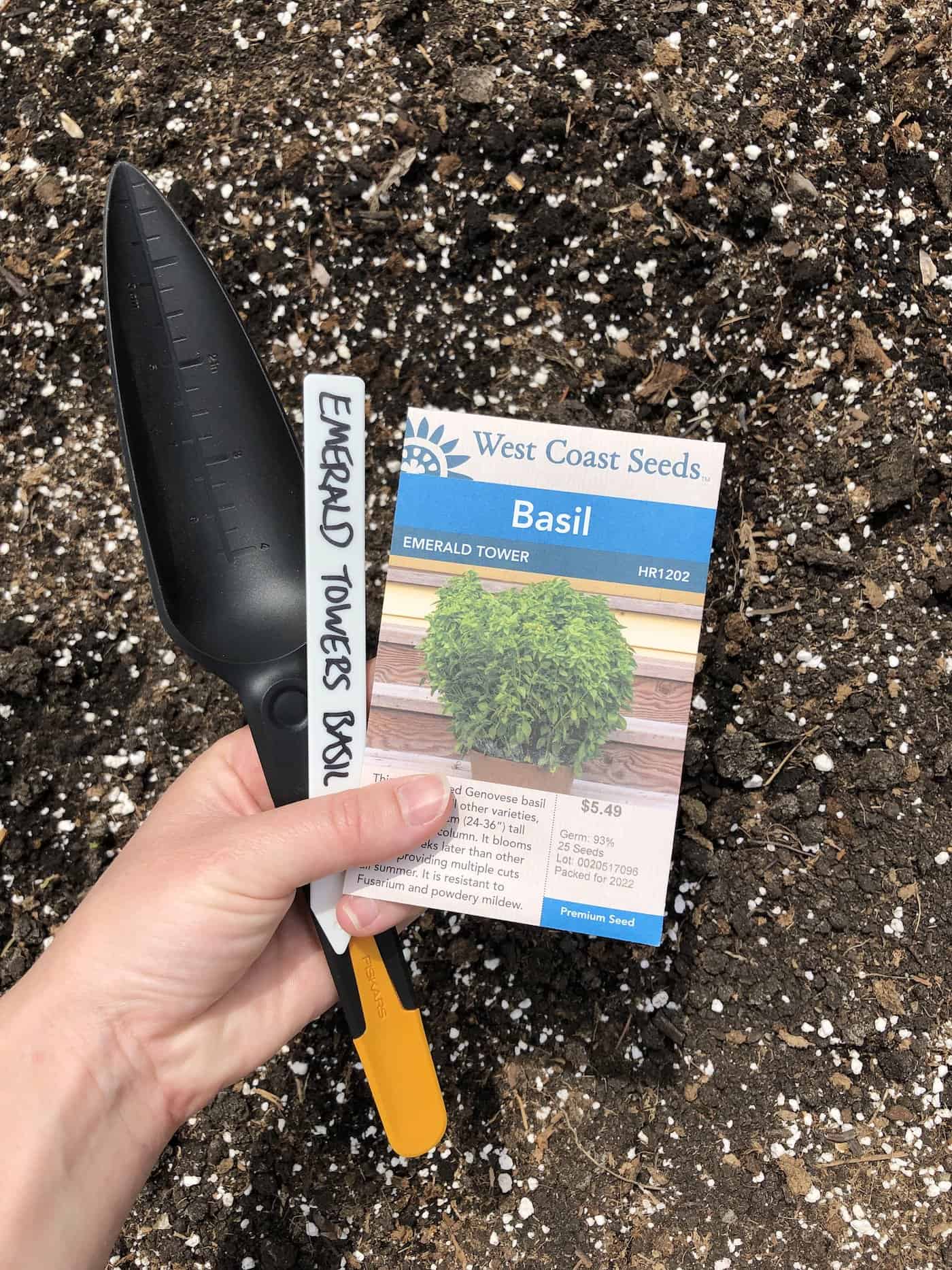
How to use your local last frost date for outdoor planting
Once you have determined what your local last frost date is, use it as a guideline for when it’s safe enough outside for seedlings and transplants alike. Generally speaking, most vegetables should be planted at least two weeks before this point; however, some hardier varieties may require up to four weeks prior depending on where you live and how severe winter was that year. Additionally, keep an eye out for signs like blooming flowers or budding trees – these are indicators that warmer weather has arrived and it might be time to get those seeds into the soil.
By understanding the local last frost date, you can ensure that your outdoor planting is well-timed and successful. Now let’s take a look at timing direct seeding using soil temperature to give your garden an extra boost.
Timing direct seeding using soil temperature
Knowing when to plant your seeds can mean the difference between a successful harvest and an unsuccessful one. One way to determine when you should start planting is by using soil temperature. A soil thermometer can help you measure the temperature of your soil so that you know exactly when it’s time to get started.
Different types of seeds require different temperatures in order for them to germinate properly. Cool-season crops like lettuce, spinach, and kale prefer temperatures between 40°F (4°C) and 75°F (24°C). Warm-season crops such as tomatoes, peppers, and squash need warmer temperatures—between 70°F (21°C) and 85°F (29°C)—in order for their seeds to sprout successfully.
It’s important not only to check the air temperature outside but also the actual soil temperature before planting any type of seed outdoors. The best way to do this is with a digital or analog thermometer specifically designed for measuring soil temperatures; these are available at most garden centers or online retailers specializing in gardening supplies. Inserting the thermometer into several spots around your garden will give you an accurate reading of what’s going on beneath the surface—which could be significantly cooler than what’s happening above ground.
Once you have taken several readings from various locations in your garden area, compare those numbers against recommended ranges for each type of crop that you plan on growing this season. If all looks good then it may be time for some direct seeding. However if things don’t look quite right yet then wait until they do before sowing any new seedlings outdoors—it’s better safe than sorry after all.
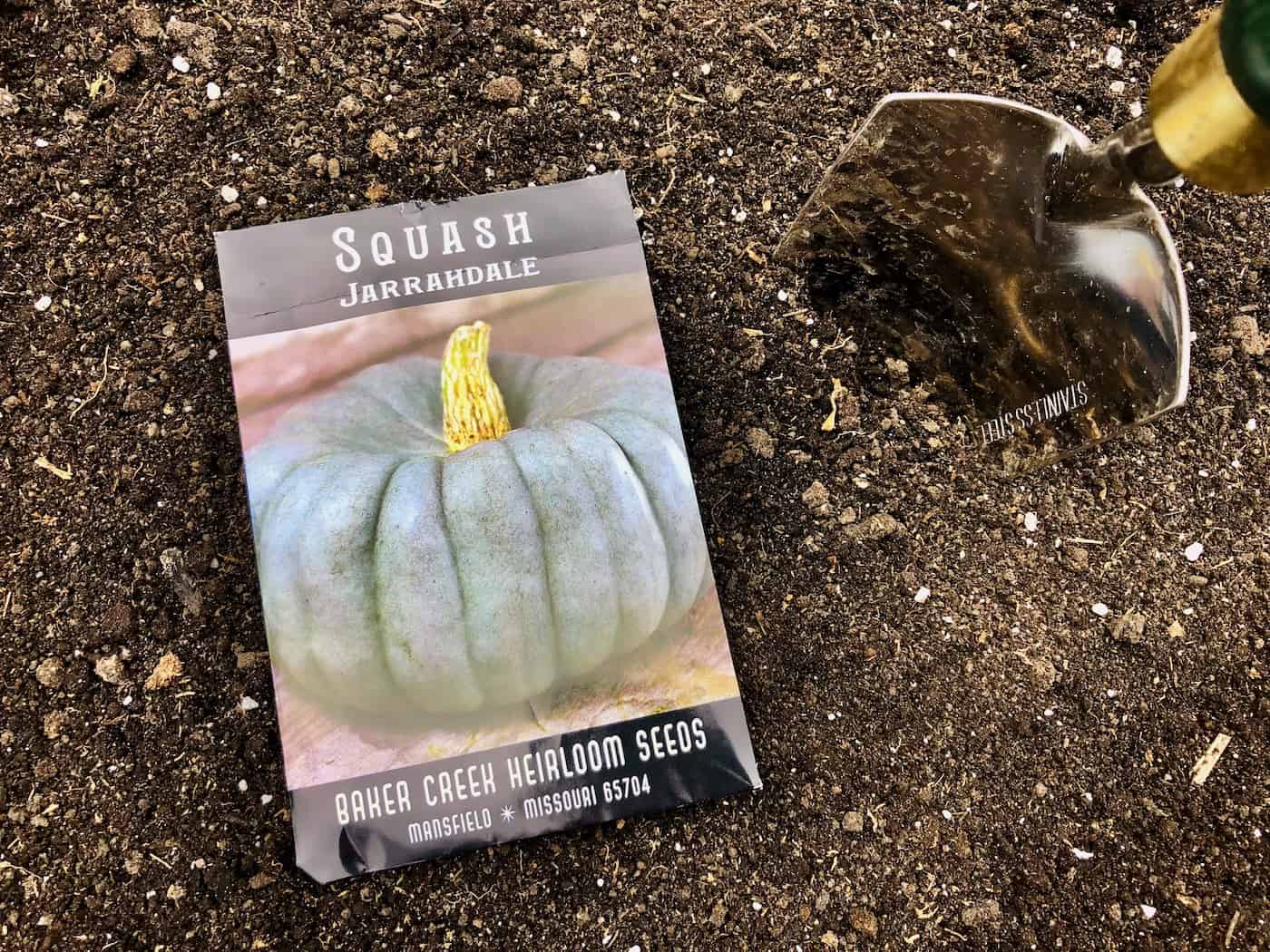
FAQs about when to plant seeds outside
What is the best month to plant seeds?
The best month to plant seeds varies depending on the type of seed and climate. Generally, for most regions in North America, March through May is the ideal time to start planting. In colder climates, it may be necessary to wait until April or even early May before starting your garden. If you live in a warmer region, you can begin planting as early as February or late January. It’s important to research the specific types of plants you plan on growing so that you know when they should be planted for optimal growth and yield.
Is it too early to plant seedlings outside?
It is generally not recommended to plant seedlings outside before the last frost date in your area. This is because young plants are vulnerable to cold temperatures and can be damaged or killed if exposed too early. However, some hardy varieties may survive a light frost, so it’s best to check with your local nursery for advice on what will work best in your climate. Additionally, you can use covers such as row covers or cloches to protect tender plants from late frosts.
Can you plant seeds in 40-degree weather?
It is possible to plant certain seeds in 40-degree weather, however, the success rate of germination can be lower than when planting in warmer temperatures. Additionally, many plants may require soil temperatures higher than 40 degrees for successful germination.
It is important to research the particular type of seed you are planning on planting and determine if it will thrive in cooler conditions before attempting to do so. Taking extra precautions such as covering the planted area with a layer of mulch or plastic sheeting can help retain heat and moisture around your seeds, increasing their chances of successful growth.
When should you plant seeds directly in the ground?
It is best to plant seeds directly in the ground when the soil temperature has reached at least 55°F and all danger of frost has passed. The ideal time for planting varies depending on your location but typically falls between late March and early May.
To ensure successful germination, it is important to check the seed packet for specific instructions regarding optimal planting times. Additionally, make sure that you are choosing a spot with well-drained soil that receives plenty of sunlight each day. With careful planning and preparation, you can successfully grow a beautiful garden.
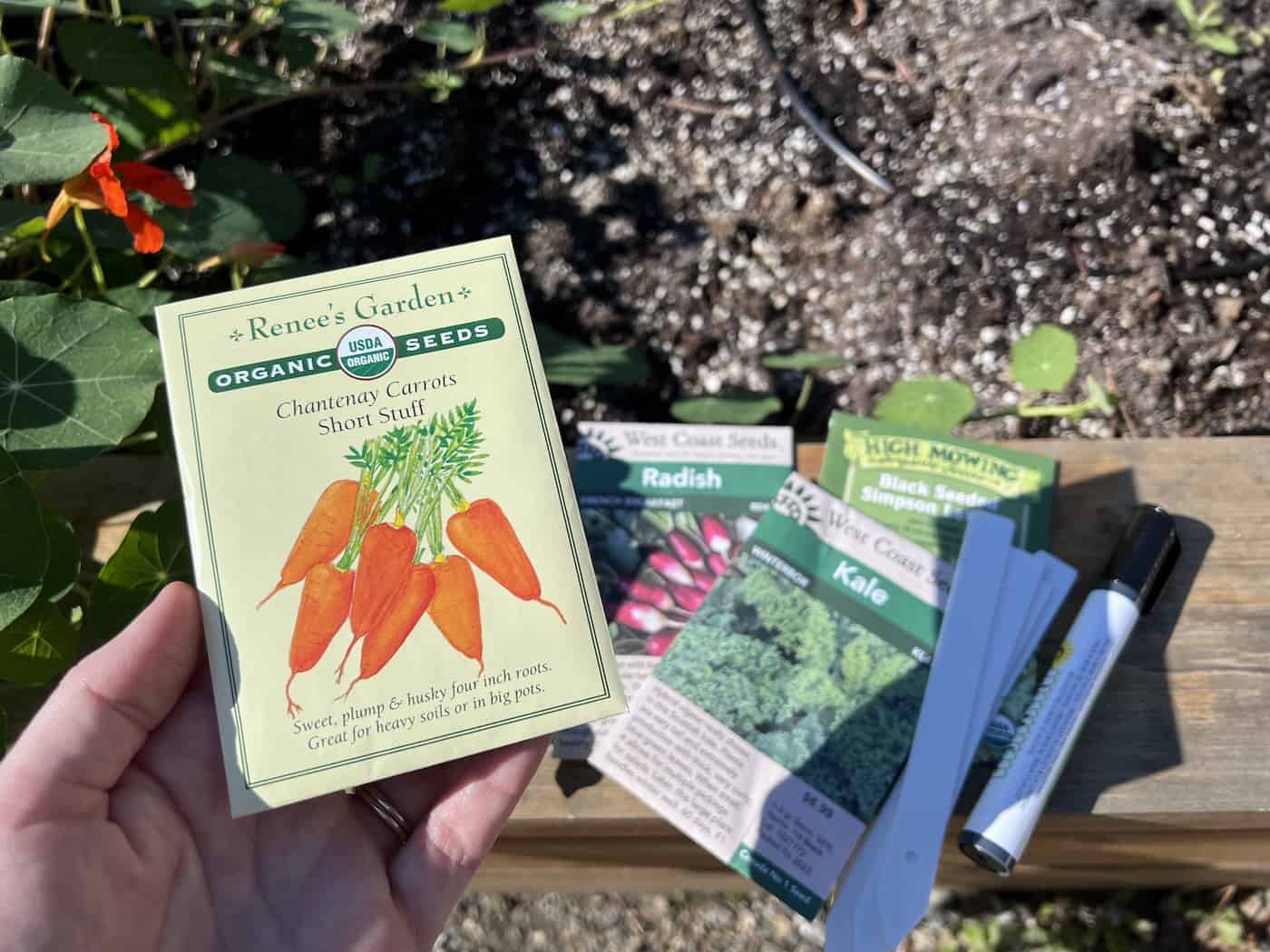
Before you go…
As you can see, planting seeds outside is a great way to get your garden started. With the right timing and preparation, you can ensure that your plants will have the best chance of success. Knowing when to plant based on local last frost dates and soil temperature is key for successful outdoor gardening. So don’t wait any longer – grab some seeds and get planting.
Resources
- The best garden catalogs for seeds, live plants, tools, and supplies
- Types of seeds: Open-pollinated, heirloom, organic, hybrid, & non-GMO
- Best seeds for winter sowing
- Winter sowing guide for planting seeds outdoors in cold climates
References
- Apps-Bodilly, S. (2022). Seeds in Soil: Planting a Garden and Finding Your Roots. Wisconsin Historical Society
- Knowing when to start planting seeds
- You can plant these seeds outside even during winter
Need more info?
Are you interested in learning more about when to plant seeds outside? Here are our best articles about it!


